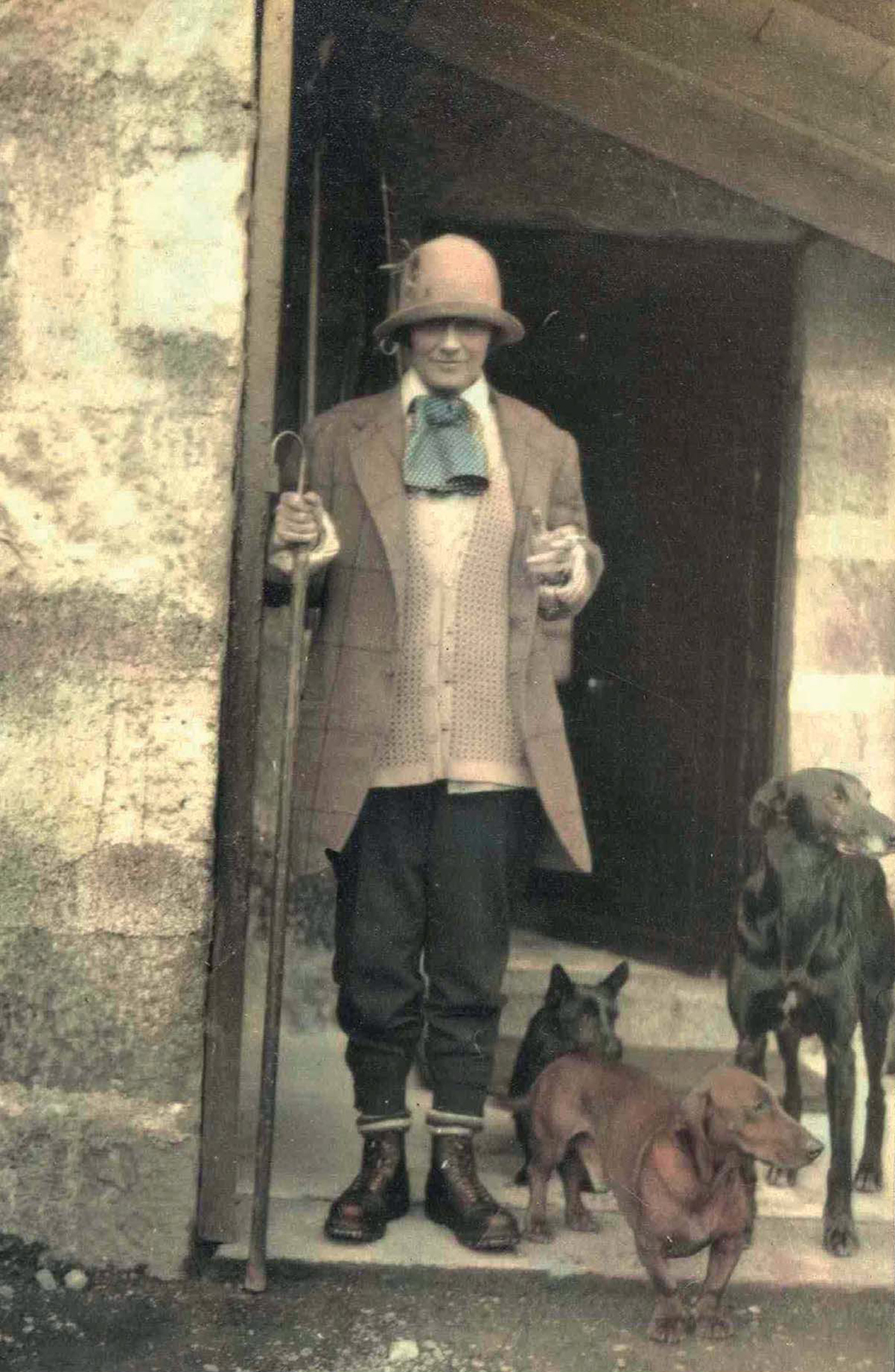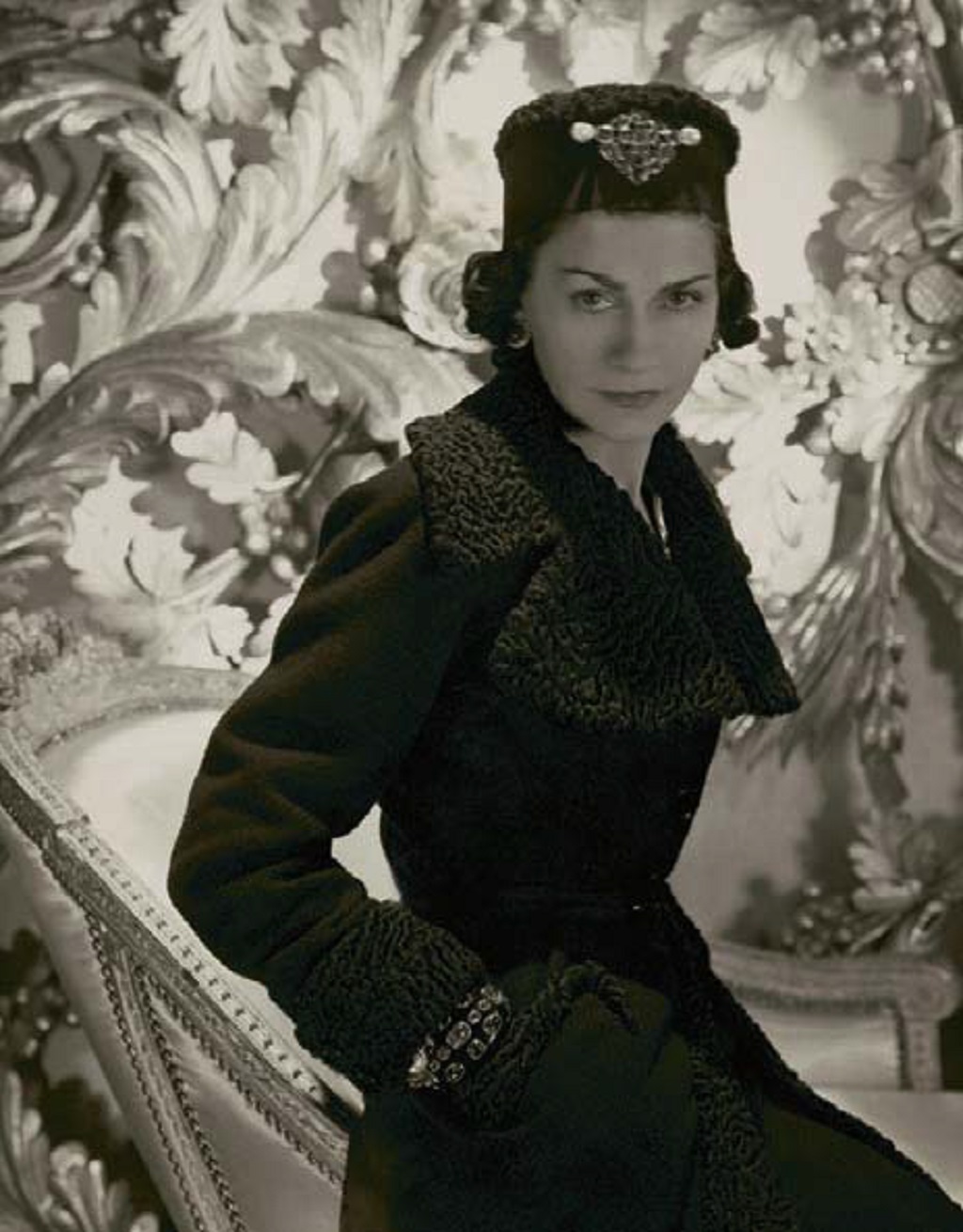Coco Chanel, the grande dame of French fashion, fell in love with fishing in the wilds of Sutherland is an impossibly glamorous tale.
The ‘Rt Hon W Churchill’ might be one of the most eye-catching names to feature in the game book at Lochmore Lodge but, while the future Prime Minister was no doubt thrilled to have landed salmon of 12 and 20lbs apiece on 1 October 1927, Winston was by no means the top rod that day.
Indeed, the cigar-chomping British bulldog was comprehensively out-fished by a certain ‘Mlle Chanel’, who landed seven salmon ranging from 15 to 24lbs. What’s more, the mademoiselle repeated her triumph the following day by landing four fish to Winston’s
one – no mean feat, particularly given that the heavy and unwieldy nature of fishing tackle at the time favoured the strong and the stubborn over those blessed with more subtle and feminine skills.
Forty-four years previously, on the day when the lady in question – Gabrielle Chanel – was born to poverty-stricken parents in Saumur, a hundred miles south west of Paris, the idea that she might one day be rubbing tweed-clad shoulders with the good and the great of the English aristocracy on the banks of a river in Sutherland must have seemed far-fetched in the extreme.
And such fairytale notions must have seemed even more preposterous when, in 1895, the young Gabrielle’s mother died and she was abandoned by her father, so ending up in the care of a convent on the Loire.
Yet, in the decades that preceded her angling triumphs in Scotland, Miss Chanel had shown a talent as a seamstress that was wedded with impressive ambition and, having left the convent and changed her name to Coco, she swiftly established herself as one of Europe’s leading couturiers.
After the Great War, with the upper echelons of European society once more free to be frivolous thanks to the economic boom that followed the conflict, Chanel’s fashion house soon became the pinnacle of European couture. With this kudos came personal prosperity for Coco and a first-class ticket to mix it with the fast set of the Roaring Twenties.

Coco Chanel in Scotland
Chanel loved life in the fast lane, conducting affairs with some of the twentieth century’s most talented and aristocratic men – among them the composer Igor Stravinsky and the Tsar’s cousin, Grand Duke Dimitri Pavlovich.
But it was in Monte Carlo in 1923 that she met the man who was to introduce her to the charms of Scotland. It started with an invitation from the Duke of Westminster to dine onboard his 40-crew yacht, the Flying Cloud, and quickly flared into a full-blown affair with the Duke, a man so rich that Chanel thought of him as a ‘paleontological curiosity’ – the living embodiment of Croesus himself.
Westminster – a good-looking playboy who was christened Hugh Richard Arthur but, in true aristocratic style, was universally known as Bendor, after his grandfather’s Derby-winning stallion – had bought the 100,000-acre Reay Forest Estate from the Duke of Sutherland in 1920.
With its abundant shooting, spectacular deer stalking, and world-class salmon and sea trout fishing on the River Laxford and Loch Stack, Westminster’s acquisition was a paradise for anyone interested in field sports. The distinctive hills of Foinaven, Arkel and Ben Stack lent the place an impressive and otherworldly atmosphere, making the estate part of Westminster’s ‘absurd fairyland’, as Chanel later described it to a friend.
Yet, although Chanel may have found the time to occasionally poke fun at the Duke in letters to acquaintances, she was to become a key part of his life for the rest of the decade.
And, while the most north-westerly corner of the Scottish mainland could hardly have been further removed from the boutiques of Paris and London, the designer soon fell not just for Westminster but also for the whole tweedwearing, salmon fishing and shooting scene.
This manifested itself in the apparent ease with which she took to angling. As the Lochmore game book attests, Chanel soon became more proficient with a salmon fly than most of Westminster’s regular guests (Churchill wrote to his wife Clemmie that ‘Coco is here and fishes from morn till night, & in 2 months has killed 50 salmon’).
Her skill with rod and line greatly impressed the Duke and her love for life in the Highlands inspired him to buy another mansion, Rosehall, about 45 miles from Lochmore. The 20-bedroom pile near the river Oykel became a joint project for the Duke and the designer, as well as a welcome refuge from the high life on offer further south.
It was decorated by Chanel who, amongst other Parisian touches, installed hand-painted wallpaper and the first bidet in the Highlands. According to Churchill, who soon came to visit, the end result – of her decoration of the house, not the bidet, one would imagine – was ‘vy agreeable’.

In the years between the wars Chanel became the leading light in European haute couture
Yet, as well as some attempts to import Parisian style to Scotland, Chanel was by no means immune to the charms of traditional Highland dress and fabrics. She loved Westminster’s tweeds, for one, and not only wore them herself but, with characteristic style, also sourced her own tweed from Scotland, which she then incorporated into a number of designs. Chanel’s love affair with both Scotland and the Duke didn’t last past the end of the decade, however.
Even if the story that she had turned down a proposal of marriage from the (already twice-married) Duke with the immortal words: ‘There have been several Duchesses of Westminster but there is only one Chanel’ may be apocryphal, she was happy to remain independent and was also probably too old to have fathered him a much sought-after heir.
The Duke married for the third time in 1930 and, no doubt to signal the end of his fling with Chanel, Rosehall was sold in the same year. Sadly, despite Chanel’s stylish décor, like so many ambitious projects in the Highlands, the house was later abandoned and has lain unoccupied and crumbling for the last forty years.
Anyone who thinks her legacy in Sutherland stretches no further than a mouldering mansion and an impressive number of entries in the Lochmore game book should think again. Her use of tweeds in haute couture means that the fabric is still being championed by Europe’s fashion houses to this day.
There is no record of Chanel returning to the Highlands after her affair ended, and whether she continued to practise her guile on riverbanks elsewhere remains a mystery.
It seems a shame that an angler of her creative brilliance didn’t at least leave behind a couple of haute couture designs for salmon flies, although the salmon won’t bemoan an omission from her oeuvre which undoubtedly spared greater slaughter of generations of her favourite quarry.
TAGS

